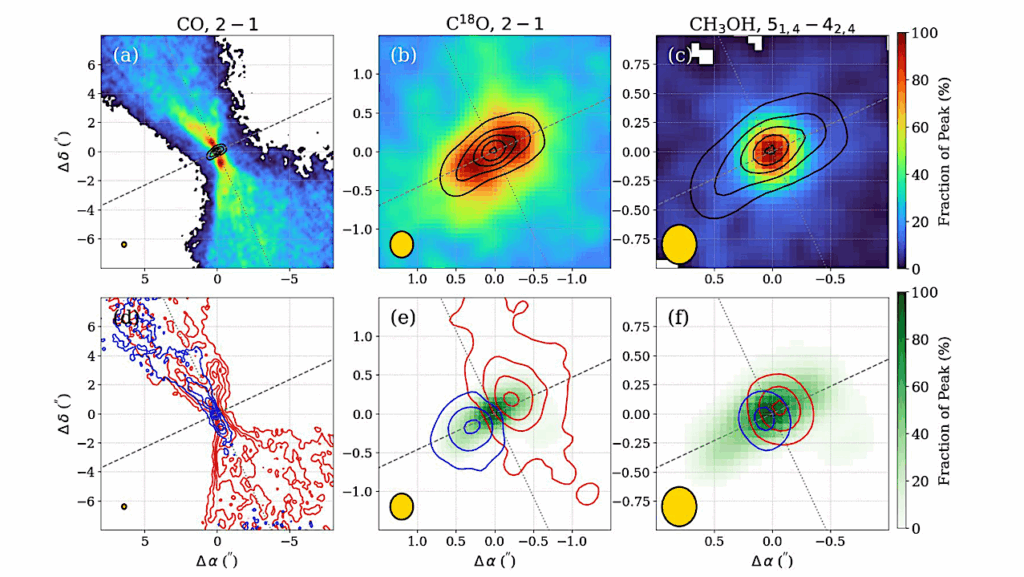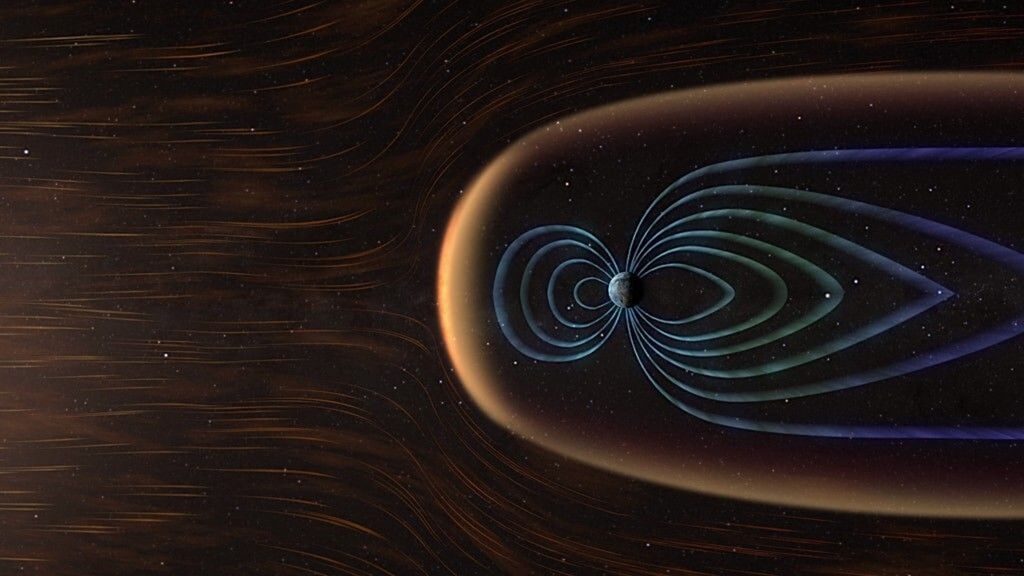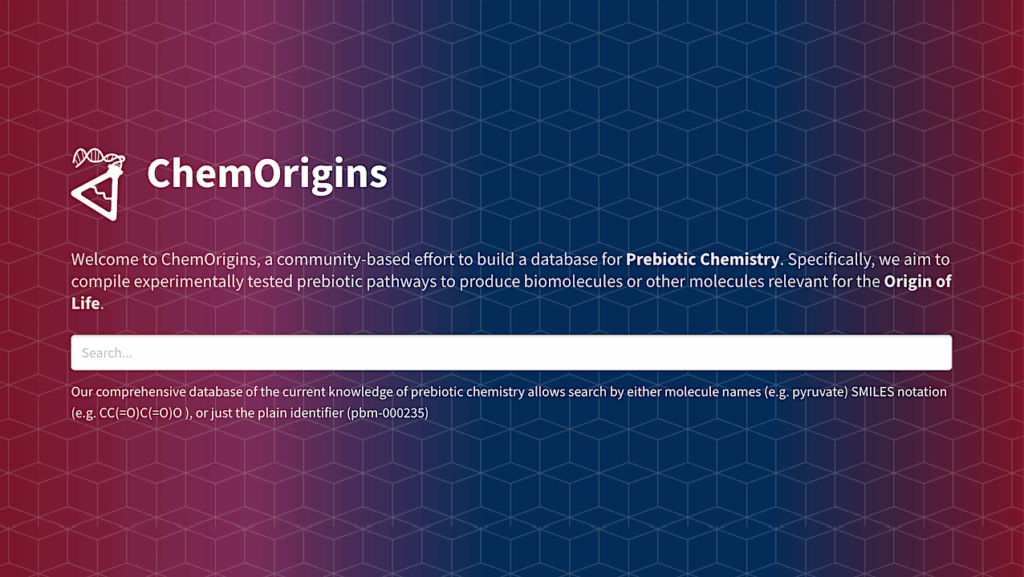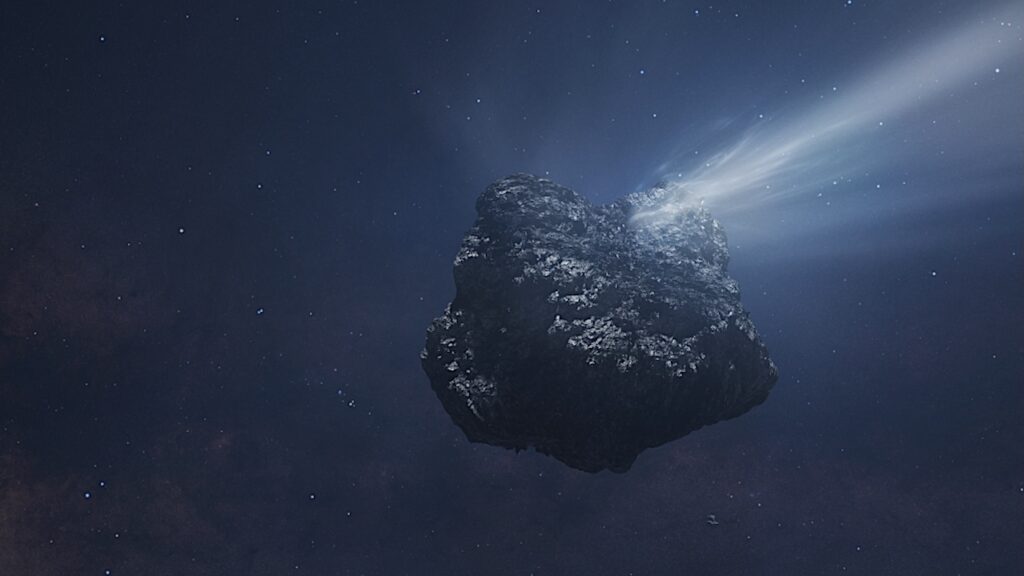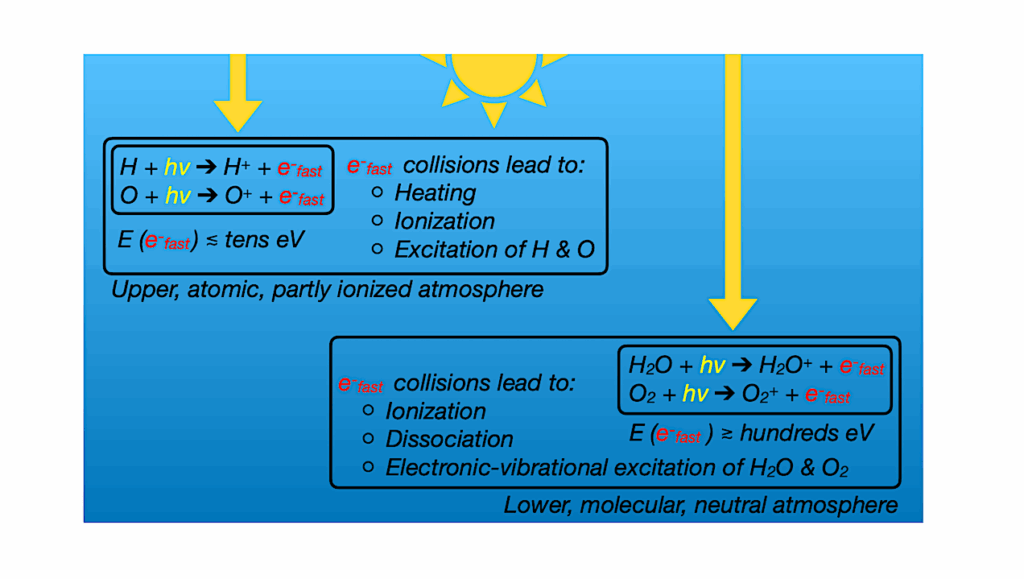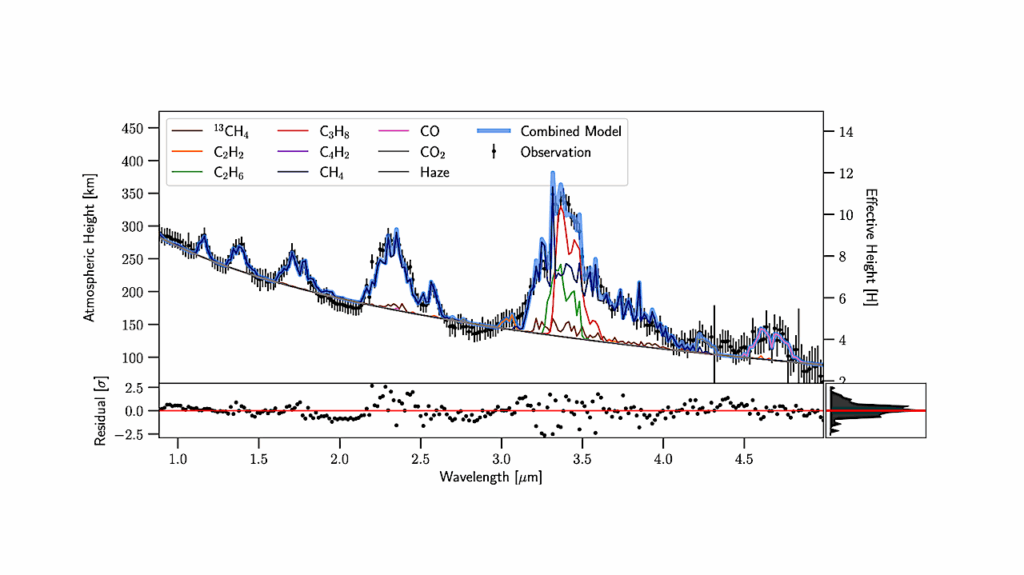Nitrogen Abundance Distribution in the Inner Milky Way
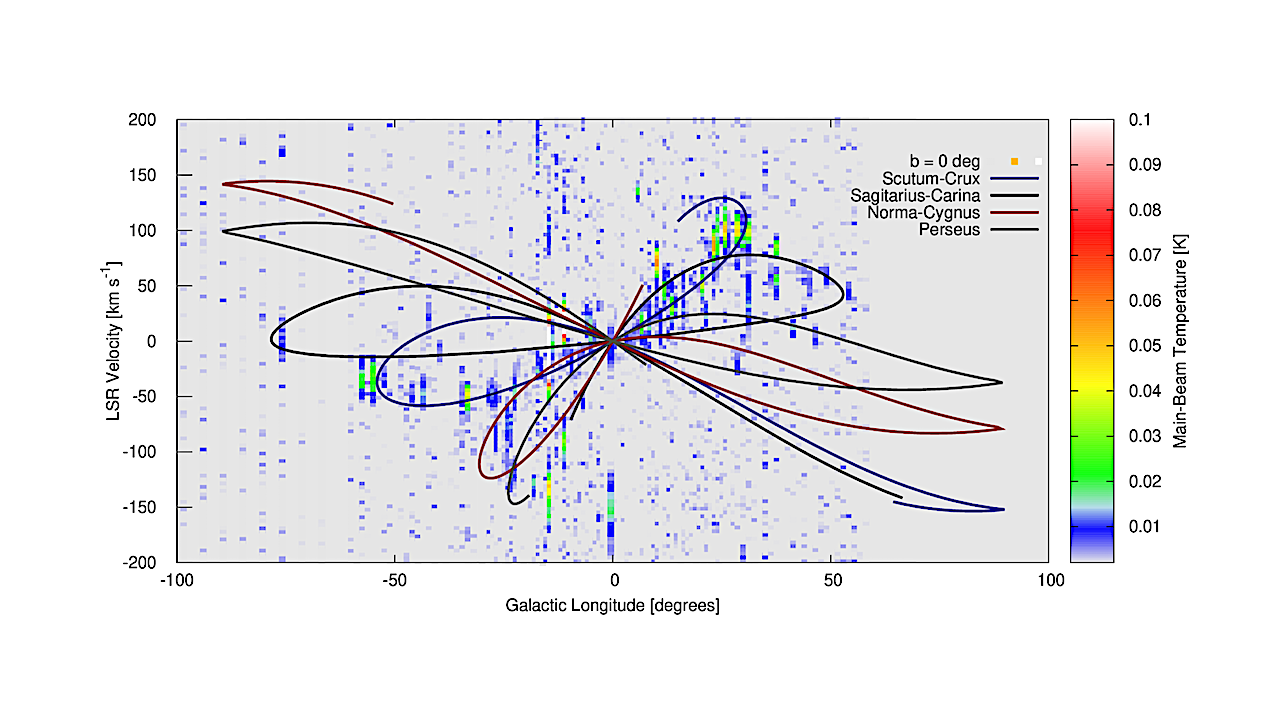
We combine a new Galactic plane survey of Hydrogen Radio Recombination Lines (RRLs) with far-infrared (FIR) surveys of ionized Nitrogen, N+, to determine Nitrogen abundance across Galactic radius.
RRLs were observed with NASA DSS-43 70m antenna and the Green Bank Telescope in 108 lines-of-sight spanning -135 degrees < l < 60 degrees, at b=0 degrees. These positions were also observed in [N II] 122 um and 205 um lines with the Herschel Space Observatory.
Combining RRL and [N II] 122 um and 205 um observations in 41 of 108 samples with high signal-to-noise ratio, we studied ionized Nitrogen abundance distribution across Galactocentric distances of 0-8 kpc. Combined with existing Solar neighborhood and Outer galaxy N/H abundance determinations, we studied this quantity’s distribution within the Milky Way’s inner 17 kpc for the first time.
We found a Nitrogen abundance gradient extending from Galactocentric radii of 4-17 kpc in the Galactic plane, while within 0-4 kpc, the N/H distribution remained flat. The gradient observed at large Galactocentric distances supports inside-out galaxy growth with the additional steepening resulting from variable star formation efficiency and/or radial flows in the Galactic disk, while the inner 4 kpc flattening, coinciding with the Galactic bar’s onset, may be linked to radial flows induced by the bar potential.
Using SOFIA/FIFI-LS and Herschel/PACS, we observed the [N III] 57 um line to trace doubly ionized gas contribution in a sub-sample of sightlines. We found negligible N++ contributions along these sightlines, suggesting mostly singly ionized Nitrogen originating from low ionization H II region outskirts.
Jorge L. Pineda, Shinji Horiuchi, L. D. Anderson, Matteo Luisi, William D. Langer, Paul F. Goldsmith, Thomas B. H. Kuiper, Christian Fischer, Yan Gong, Andreas Brunthaler, Michael Rugel, Karl M. Menten
Comments: Accepted for publication at the Astrophysical Journal. 25 pages, 13 figures
Subjects: Astrophysics of Galaxies (astro-ph.GA)
Cite as: arXiv:2407.12919 [astro-ph.GA] (or arXiv:2407.12919v1 [astro-ph.GA] for this version)
Related DOI:
https://doi.org/10.3847/1538-4357/ad615a
Focus to learn more
Submission history
From: Jorge L. Pineda
[v1] Wed, 17 Jul 2024 18:00:06 UTC (1,099 KB)
https://arxiv.org/abs/2407.12919
Astrobiology, Astrochemistry


